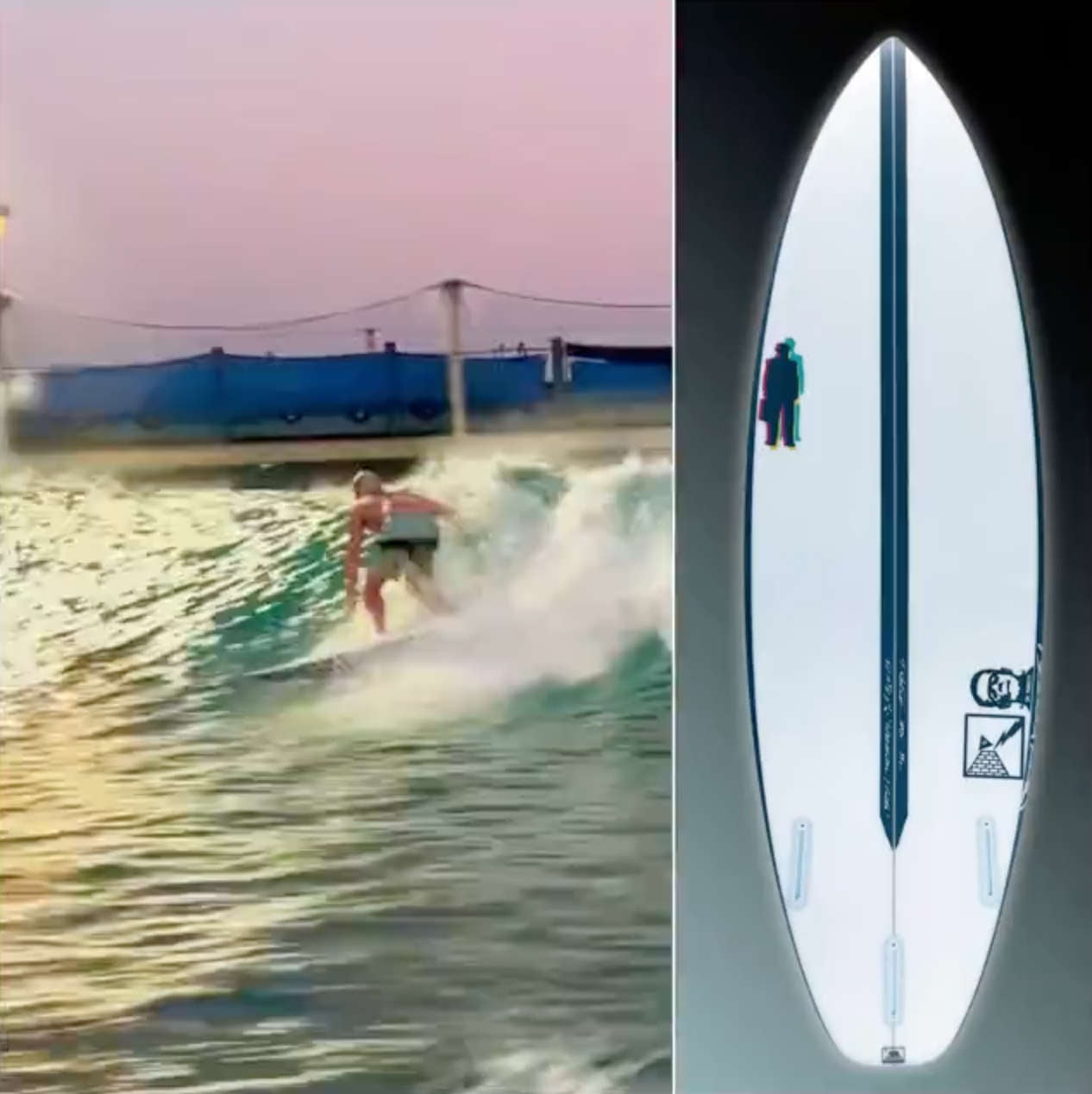“What’s a good shape for the pools?”…is a question I’ve been getting lately, and it’s an important one.
Since anything that’s artificial is never like the real thing no matter how hard they sell it, it’s good to know how to harness what power there is from the pools.
From a designer’s perspective, I’ve had the opportunity on four different occasions to be invited to artificial wave technologies (something I used to say I would never do, even if someone paid for me to go). Then it happened, and on four different occasions, so how could I say no. And what I’ve found is that it’s actually incredibly fun. I mean if you take the feeling of saltwater and sand and sea creatures and tides and swell direction and the beach out of the equation. And if you’re in good company and there’s plenty of opportunity for plenty of empty waves…then it’s amazing.
But something I noticed that definitely effects the geometry; the physics of naturally breaking waves vs. man made, is that all the energy is in the top half of the wave. The natural pull of the wave from the trough is not there, so bottom turns have to be made in still water which can stop you in your tracks, force double-triple-quadruple stage bottom turns that can be kinda clicky as opposed to rail drivey.
UNLESS (and that’s a big ‘unless’) you’ve gotta hull contour under your craft that can harness some energy out of something that ain’t there.
That’s where the single to deep single drop rocker concaves with tri-plane inset full barrel doubles tap an unbefore renewable resource of what I’m calling ‘water on water’ energy. The #Velocimonsta2030 has it and @jakes_strength understands how to harness it.




